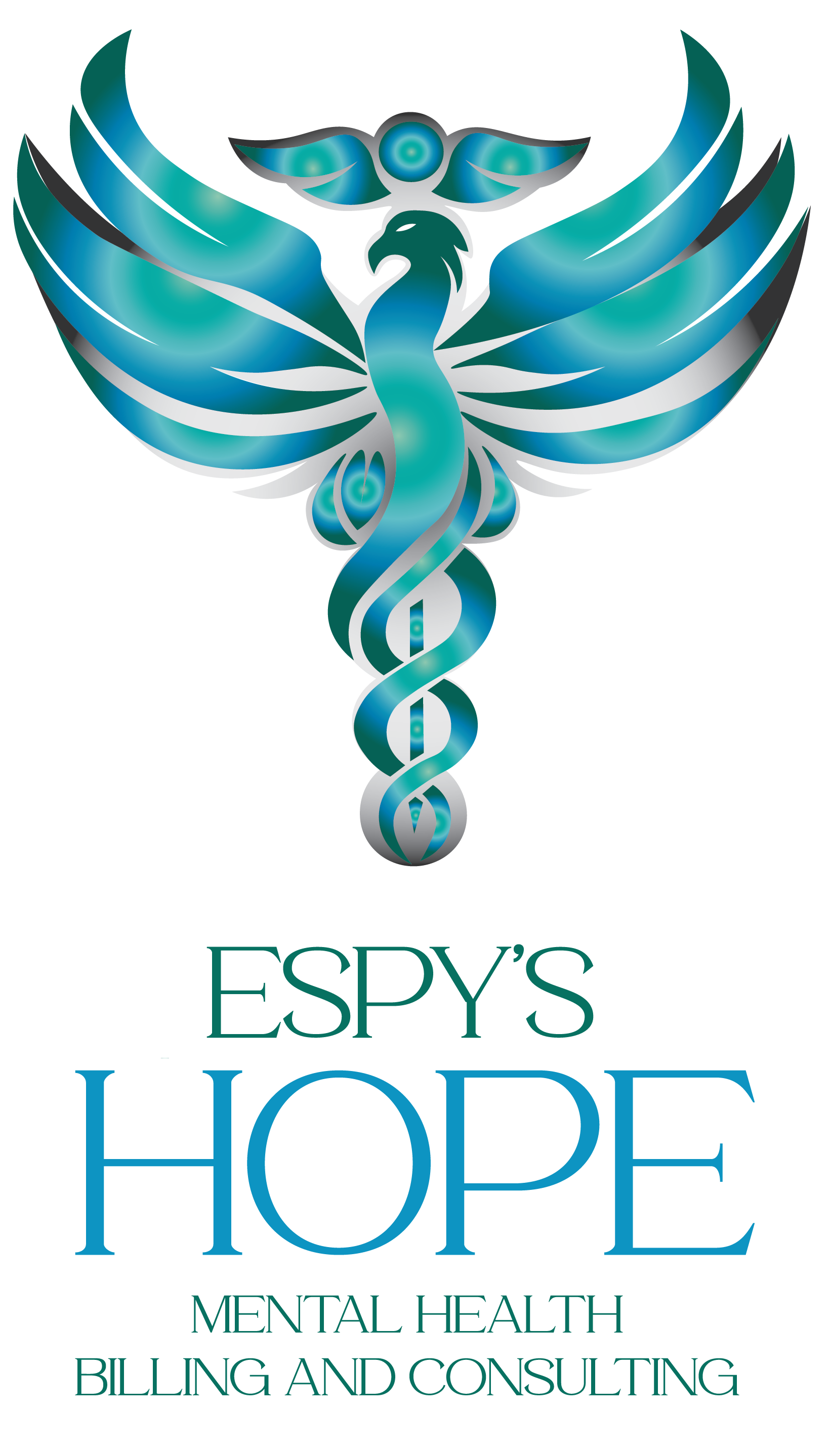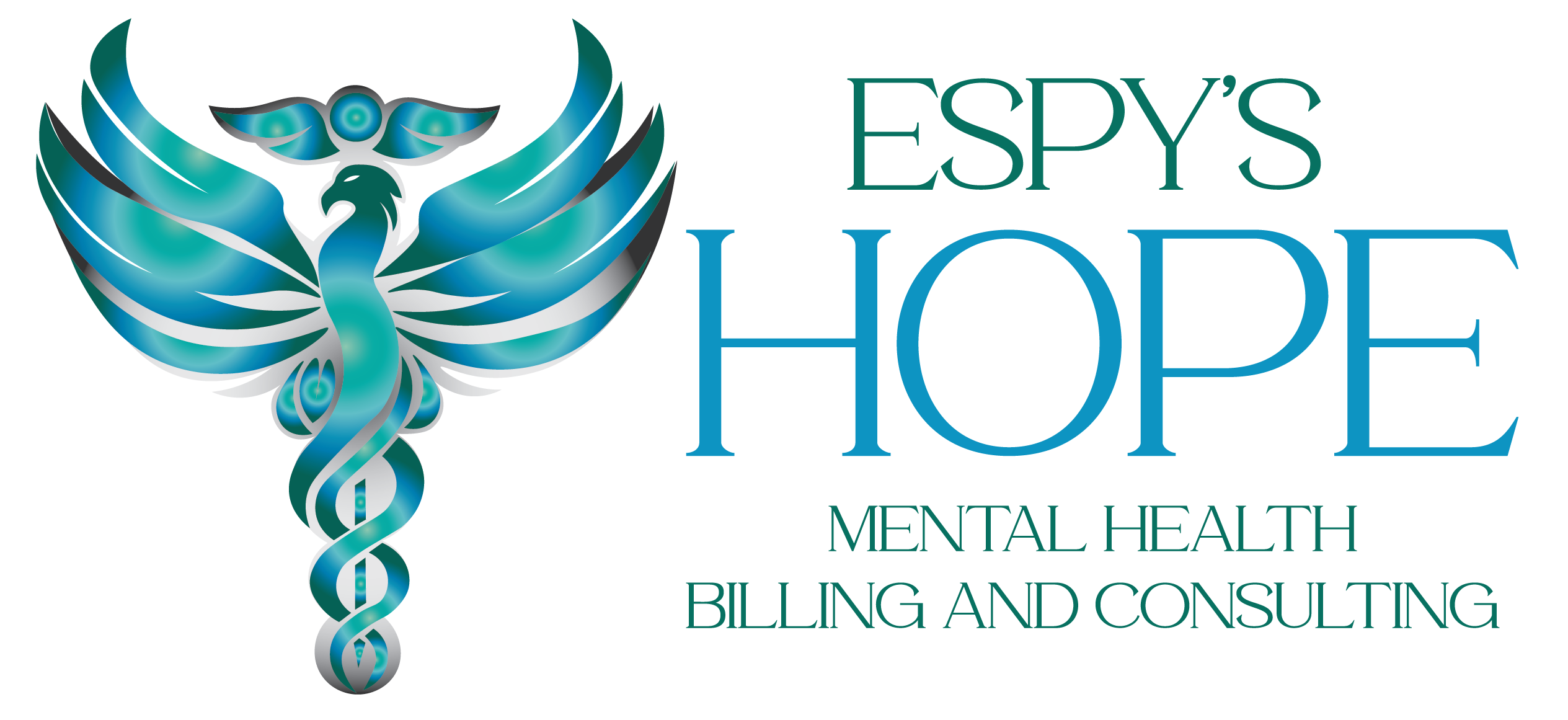How Neurofeedback and Therapy Work Together: What You Need to Know (And How to Bill for It!)
- Espy
- Sep 26, 2024
- 4 min read
When it comes to mental health treatment, there are always new and exciting ways to help people on their journey to healing. One approach that's been gaining a lot of attention is neurofeedback. Paired with traditional therapy, neurofeedback can help people regulate their brain activity and improve their overall mental health.
But if you're a mental health provider offering both neurofeedback and therapy, you might be wondering: how should you bill for these services? Should they be billed separately, or can they be bundled together? And what codes should you use to get reimbursed properly? Let's break it all down.

What Is Neurofeedback?
Neurofeedback, also known as EEG biofeedback, is a cool, non-invasive technique that helps people learn to regulate their brain activity. It’s based on the idea that when certain brainwaves are out of balance, it can lead to things like anxiety, depression, or ADHD. Neurofeedback helps clients get their brain back on track by giving real-time feedback on their brainwave patterns.
It’s particularly helpful for things like:
ADHD: Helping clients improve focus and attention.
Anxiety and Depression: Calming overactive brain areas associated with anxious or depressive symptoms.
PTSD and Trauma: Helping regulate brainwave patterns to process trauma more smoothly.
Substance Use Disorders: Supporting recovery by reducing impulsivity and mental fog.
Sleep Disorders: Balancing brainwaves to improve sleep.
Neurofeedback is usually done over several sessions and works great when combined with traditional therapy.
How Neurofeedback and Therapy Work Together
So, how do neurofeedback and traditional therapy fit together? Think of it this way: therapy helps clients develop insight, emotional regulation, and behavior changes, while neurofeedback helps train the brain to support these changes. It's like giving the brain a workout while also working through emotions and behaviors. Together, these approaches can be powerful for helping clients make lasting improvements.
For example:
In trauma therapy, neurofeedback helps calm the brain so clients can engage in the therapeutic process without feeling overwhelmed.
In cognitive-behavioral therapy (CBT), neurofeedback helps the brain respond to stress more effectively, so clients can use their coping strategies more easily.
Should You Bill Neurofeedback and Therapy Separately?
Now, on to the big question: how should you bill for neurofeedback and therapy when they’re done together? Should you use one code or bill them separately?
Here’s the deal: neurofeedback and therapy should be billed as separate services. They’re distinct treatments, and billing them separately helps ensure you're compliant with regulations and maximizing reimbursement. Plus, this makes it easier to document what you're doing in each session.
Here’s a look at the codes you should use:
Neurofeedback Billing Codes:
CPT 90901: Biofeedback training, which includes neurofeedback services.
CPT 90875: Biofeedback combined with psychotherapy, 30 minutes.
CPT 90876: Biofeedback combined with psychotherapy, 45 minutes.
Therapy Billing Codes:
CPT 90834: Individual psychotherapy, 45 minutes.
CPT 90837: Individual psychotherapy, 60 minutes.
CPT 90847: Family psychotherapy, patient present.
By keeping neurofeedback and therapy as separate line items, you're ensuring clarity for both documentation and reimbursement.
What About Bundling Neurofeedback and Therapy?
You might be tempted to bundle neurofeedback and therapy under one billing code to keep things simple, but this can lead to some issues. For one, many insurance companies prefer detailed billing where services are unbundled. Plus, bundling could reduce your reimbursement or even lead to claims being denied, especially if payers don’t like the lack of specificity.
It’s usually best to keep them separate, which also keeps you compliant with most insurance payer rules.
Best Practices for Billing Neurofeedback and Therapy
Here are a few tips to help you bill for neurofeedback and therapy without running into problems:
Document Everything Separately: Even if you’re providing neurofeedback and therapy in the same session, make sure you document them separately. Each service needs its own notes and goals to avoid any billing confusion.
Know Your Payer Rules: Different states and payers may have specific rules around billing for neurofeedback, especially if it’s combined with psychotherapy. Make sure you're up to speed on what’s allowed where you practice.
Use the Right Codes: Be sure to use the correct CPT codes for each service (neurofeedback and therapy) so you’re billing accurately and maximizing reimbursement.
Stay Up-to-Date: The world of billing and coding is always changing. Make sure your team is regularly trained on the latest CPT codes and payer requirements.
Get Help from a Billing Specialist: If you’re not sure where to start or want to make sure your billing is totally accurate, consider working with a billing specialist who knows the ins and outs of mental health services. This can save you a lot of time and headache in the long run.
Conclusion
Neurofeedback and therapy are a powerful combination for improving mental health outcomes, but they need to be billed properly to ensure you get paid what you're owed. By billing these services separately, using the correct codes, and staying on top of payer guidelines, you’ll avoid reimbursement issues and keep your practice running smoothly.
If you’re looking for help navigating the world of mental health billing, Espy’s Hope Billing and Consulting has got your back! We specialize in mental health billing, including neurofeedback, psychotherapy, and more. We’ll make sure your billing is compliant, accurate, and optimized for maximum reimbursement—so you can focus on what you do best: helping your clients thrive.


댓글